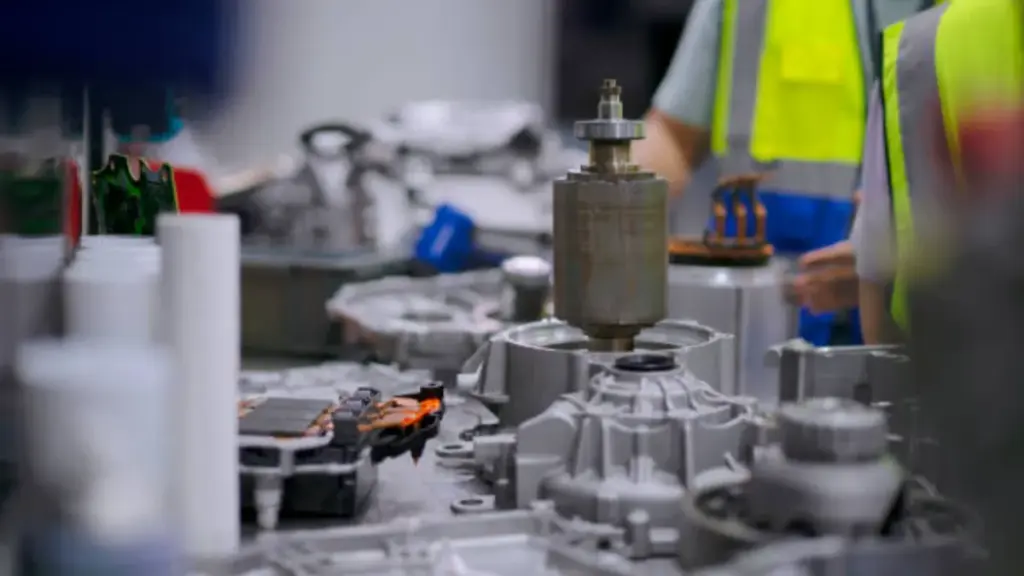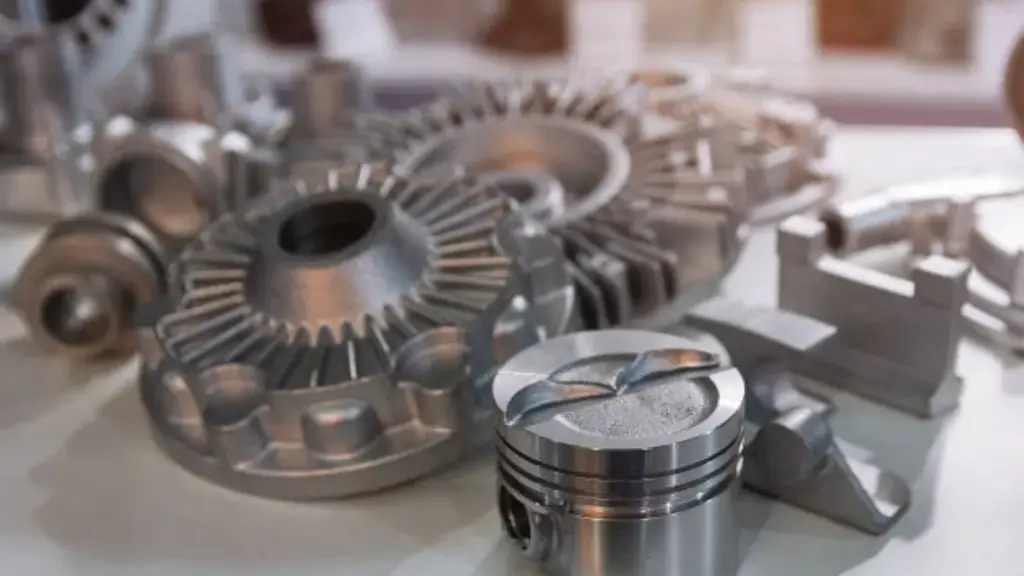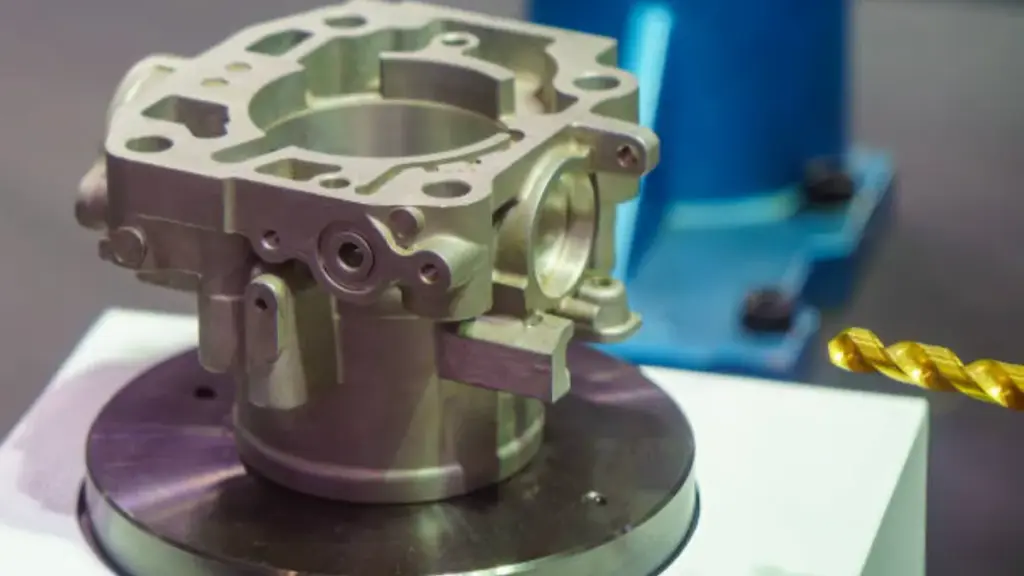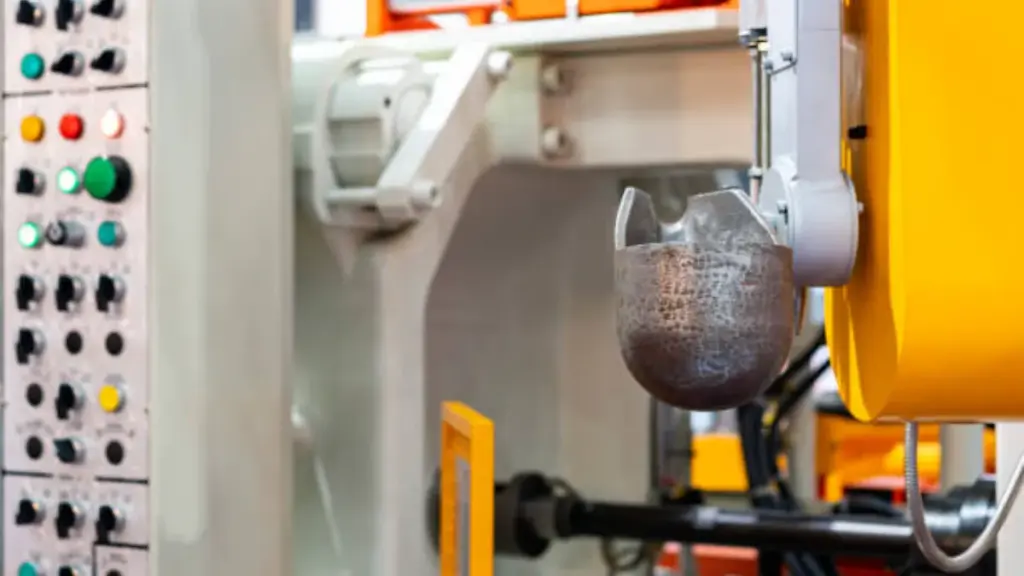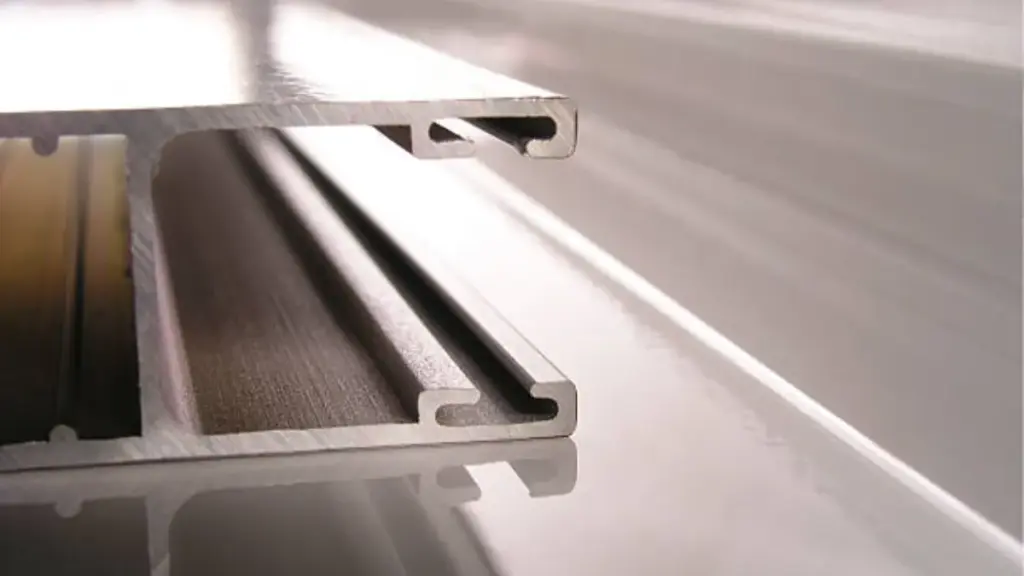Вы когда-нибудь задумывались, как изготавливаются сложные металлические детали в вашем автомобиле или бытовой технике?? Один из самых крутых методов — гравитационное литье под давлением.. Это увлекательный процесс, сочетающий в себе науку, искусство, и инжиниринг для создания высококачественных металлических компонентов. Давайте окунемся в мир гравитационного литья и посмотрим, что заставляет его работать..
Основы гравитационного литья под давлением
Что такое гравитационное литье под давлением?
Гравитационное литье под давлением, проще говоря, это метод заливки расплавленного металла в форму под действием силы тяжести.. Внешнее давление не применяется; металл заполняет форму из-за своего веса. Эта техника отлично подходит для создания прочных, высококачественные детали с превосходной точностью размеров.
Чем он отличается от других методов литья под давлением?
В отличие от других методов, таких как литье под давлением, где металл вдавливается в форму под высоким давлением, Гравитационное литье под давлением основано только на гравитации. Это означает меньше осложнений, связанных с оборудованием и давлением., что приводит к более простому и часто более экономичному процессу. Но, как все это работает?
Процесс гравитационного литья под давлением

Подготовка
Прежде чем любой металл расплавится, подготовка является ключевым моментом.
#1: Проектирование и создание пресс-форм: Путешествие начинается с проектирования и создания формы.. Эти формы обычно изготавливаются из стали или чугуна, чтобы выдерживать высокие температуры расплавленного металла.. Точность конструкции пресс-формы гарантирует, что конечный продукт будет соответствовать точным спецификациям..
#2: Выбор материала: Следующий, необходимо выбрать правильный материал. Алюминий и цинк являются популярным выбором из-за их превосходных литейных свойств и прочности..
Процесс кастинга
Сейчас, в сердце процесса!
#3: Плавление и заливка: Выбранный металл плавится в печи до достижения жидкого состояния.. Затем этот расплавленный металл осторожно выливают в предварительно нагретую форму.. Гравитация здесь делает свое дело, позволяя металлу течь и заполнять каждый уголок формы.
#4: Охлаждение и затвердевание: Как только форма будет заполнена, осталось остыть. Как он остывает, металл затвердевает, принимая форму формы. Этот процесс охлаждения имеет решающее значение для обеспечения структурной целостности отлитой детали..
Процедуры после кастинга
После затвердевания металла, процесс еще не завершен.
#5: Извлечение отливки из формы: Затвердевшая деталь аккуратно извлекается из формы.. Это может включать в себя открытие формы или отделение временных частей формы..
#6: Отделка и проверка: Окончательно, отливка очищена, лишний материал обрезается, и проходит проверку на соответствие стандартам качества.. Это может включать в себя механическую обработку, полировка, или другие методы отделки для достижения желаемых характеристик.
Материалы, используемые при гравитационном литье под давлением
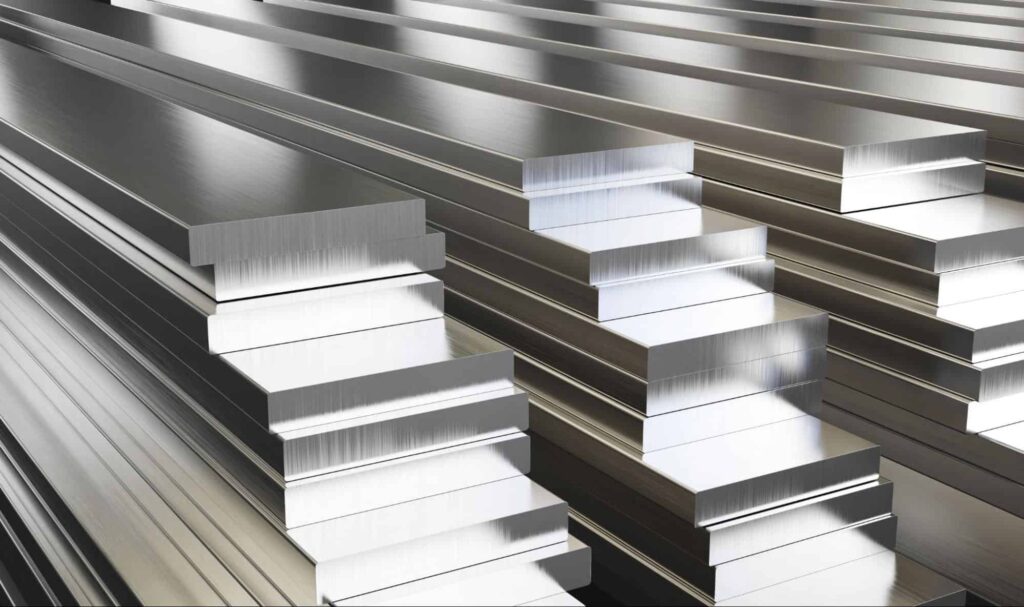
Часто используемые металлы
Разные металлы придают столу разную прочность.:
- Алюминий: Легкий, устойчивый к коррозии, и отлично подходит для детальных слепков. Его часто используют в автомобильной и аэрокосмической промышленности..
- Цинк: Известен своей прочностью и долговечностью, цинк идеально подходит для деталей, которые должны противостоять износу.
Популярные сплавы для гравитационного литья под давлением
Использование сплавов может улучшить такие свойства, как прочность., пластичность, и устойчивость к коррозии. Например, сочетание алюминия с кремнием может улучшить текучесть и уменьшить усадку при охлаждении..
Преимущества гравитационного литья под давлением
Качество и точность
- Высококачественная продукция: Гравитационное литье под давлением позволяет получать детали с гладкими поверхностями и превосходной точностью размеров.. Такое высокое качество означает меньше работы по постобработке..
- Точность и последовательность: Формы гарантируют идентичность каждой детали., что имеет решающее значение для отраслей, где точность имеет решающее значение..
Экономическая эффективность
- Экономическая выгода: По сравнению с такими методами, как литье под давлением, Гравитационное литье под давлением часто обходится дешевле из-за простоты процесса и оборудования..
- Долгосрочная экономия: Прочные формы, используемые при гравитационном литье под давлением, позволяют производить тысячи деталей без необходимости замены., экономия затрат в долгосрочной перспективе.
Универсальность
- Область применения: От автомобилестроения до аэрокосмической отрасли, Гравитационное литье под давлением достаточно универсально для широкого спектра отраслей промышленности..
- Параметры настройки: Этот процесс позволяет вносить изменения в конструкцию пресс-формы., что позволяет создавать нестандартные детали, адаптированные к конкретным потребностям.
Недостатки гравитационного литья под давлением
Затраты на первоначальную установку
- Высокие первоначальные инвестиции: Установка первоначальной формы и оборудования может оказаться дорогостоящей., хотя эти затраты компенсируются за счет длительных производственных циклов.
- Затраты на создание пресс-формы: Проектирование и изготовление точных пресс-форм требует значительных первоначальных затрат..
Материальные ограничения
- Ограничено некоторыми металлами и сплавами: Не все металлы подходят для гравитационного литья под давлением., что может ограничить выбор материалов.
- Проблемы с конкретными материалами: Некоторые металлы могут не течь так же хорошо или могут потребоваться более высокие температуры., усложнение процесса.
Объем производства
- Пригодность для разных объемов производства: Гравитационное литье под давлением отлично подходит для средних и крупных производственных циклов, но может оказаться нерентабельным для очень малых или очень больших объемов производства..
- Эффективность в разных масштабах: Этот метод менее эффективен для очень больших или очень маленьких деталей из-за ограничений конструкции формы и текучести металла..
Применение гравитационного литья под давлением
Автомобильная промышленность
- Компоненты двигателя: Гравитационное литье идеально подходит для изготовления прочных, точные детали двигателя.
- Структурные части: Этот метод позволяет получить прочные и легкие конструктивные элементы..
Аэрокосмическая промышленность
- Запчасти для самолетов: Точность и прочность делают его идеальным для критически важных компонентов самолетов..
- Специализированные компоненты: Гравитационное литье под давлением позволяет производить детали сложной геометрии, необходимые в аэрокосмической отрасли..
Потребительские товары
- Электроника и бытовая техника: Многие прочные и детализированные детали электроники и предметов домашнего обихода изготавливаются методом гравитационного литья под давлением..
- Предметы домашнего обихода: От ручек до рамок, многие предметы повседневного обихода выигрывают от этого метода литья..
Промышленное применение
- Детали машин: Таким способом часто производятся прочные и надежные детали машин..
- Инструменты и оборудование: Гравитационное литье под давлением обеспечивает долговечность, необходимую для промышленных инструментов и оборудования..
Сравнение с другими методами литья
Литье в песок
- Различия и сходства: При литье в песок используются песчаные формы., делая его более гибким, но менее точным. Он отлично подходит для крупных деталей, но не для мелких деталей..
- Плюсы и минусы: Литье в песчаные формы дешевле для небольших тиражей и крупных деталей., но гравитационное литье обеспечивает лучшую точность и чистоту поверхности..
Литье под давлением
- Различия и сходства: При литье под давлением используется высокое давление для подачи металла в формы., обеспечивает превосходную точность, но за более высокую цену.
- Плюсы и минусы: Литье под давлением идеально подходит для крупносерийного производства деталей малого и среднего размера., тогда как гравитационное литье более рентабельно для средних тиражей.
Кастинг по выплавляемым моделям
- Различия и сходства: В литье по выплавляемым моделям используются восковые модели и керамические формы., обеспечивает высокую точность и гладкую поверхность, но по более высокой цене.
- Плюсы и минусы: Литье по выплавляемым моделям идеально подходит для небольших, сложные детали, в то время как гравитационное литье под давлением обеспечивает баланс стоимости и точности для более широкого спектра деталей..
Заключение
Гравитационное литье под давлением является движущей силой в производственном мире., предлагая сочетание качества, точность, и экономическая эффективность. Независимо от того, занимаетесь ли вы автомобилестроением, аэрокосмический, или промышленность товаров народного потребления, понимание этого процесса может помочь вам принимать более правильные производственные решения.. Со своими уникальными преимуществами и некоторыми ограничениями, Очевидно, что гравитационное литье занимает значительное место в современном производстве..
Часто задаваемые вопросы
- В чем основное отличие гравитационного литья под давлением от литья под давлением?? Гравитационное литье под давлением основано на гравитации для заполнения формы., в то время как литье под давлением использует высокое давление. Эта разница влияет на типы деталей, для которых лучше всего подходит каждый метод..
- Можно ли использовать гравитационное литье для изготовления сложных форм?? Да, Гравитационное литье позволяет создавать сложные формы., особенно при использовании хорошо спроектированных форм, хотя очень сложные конструкции лучше подходят для других методов..
- Какие металлы чаще всего используются при гравитационном литье под давлением?? Алюминий и цинк являются наиболее распространенными, благодаря отличным литейным свойствам и прочности.
- Как гравитационное литье под давлением обеспечивает высокую точность? Точность достигается за счет детальных форм и контролируемого процесса охлаждения., что обеспечивает стабильное качество и точность размеров.
- Каковы экологические преимущества гравитационного литья под давлением?? Гравитационное литье под давлением может быть более экологически чистым благодаря более низкому энергопотреблению по сравнению с методами высокого давления, а также возможности переработки и повторного использования материалов и форм..

